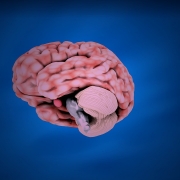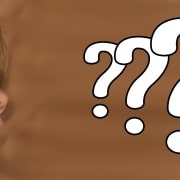Of Movement and More
In order to have access to movement, the cerebellum needs to compare the difference between what we intend to do and what is actually feasible.
That is most likely the task the cerebellum is most known for. In recent years, we have been able to notice that the cerebellum also projects to areas of the brain that are responsible for non-motor tasks.
The cerebellum contains three nuclei that project to the nervous system. The most recent one is the dentate nuclei and it is involved, on a motor level, in movement of the extremities, for example.
It is that same dentate nucleus that is of interest when looking into the non-motor targets of the cerebellum.
What is now clear is that the dentate nucleus, via the ventrolateral thalamus, projects to the frontal, pre frontal and posterior parietal cortex. As a consequence, abnormal activity in these circuits could lead to motor deficits but also cognitive, attentional, and affective impairments.
In terms of numbers, if it’s true that the dentate nucleus projects to the primary motor cortex, this represents only 30% of its projections.
To break it down, some of its projections are to areas that prepare, facilitate and guide movement, such as the ventral pre motor area and the supplementary motor area.
Pre frontal projections from the cerebellum are areas 9m, 9l and 46d, more specifically. Area 9 is known to help in short-term memory, error detection, intention attribution, verbal ease and maintained attention during an auditory task.
Area 46 is for working memory, attention maintenance and self-control.
If it’s true that we now recognize other roles than motor roles for the cerebellum, as far as a role in emotions, the jury is still out. As far back as 1976, studies did suggest that the fastigial nucleus could evoke reactions at the level of the amygdala and the cingular cortex. That being said, at this point, although we recognize reciprocal connections between the cerebellum and the hypothalamus, the rest of the details are not clear enough to outline a definitive role in emotional management.
When one considers that we modify the length of the muscles with Posturology and Functional Neurology, could it be possible that this modification in proprioceptive input could be responsible for some of the surprising clinical outcomes we see on a motor… and non-motor level?
https://www.researchgate.net/profile/Richard_Dum/publication/26319597_Cerebellum_and_Nonmotor_Function/links/541998060cf25ebee9887531/Cerebellum-and-Nonmotor-Function.pdf










Leave a Reply